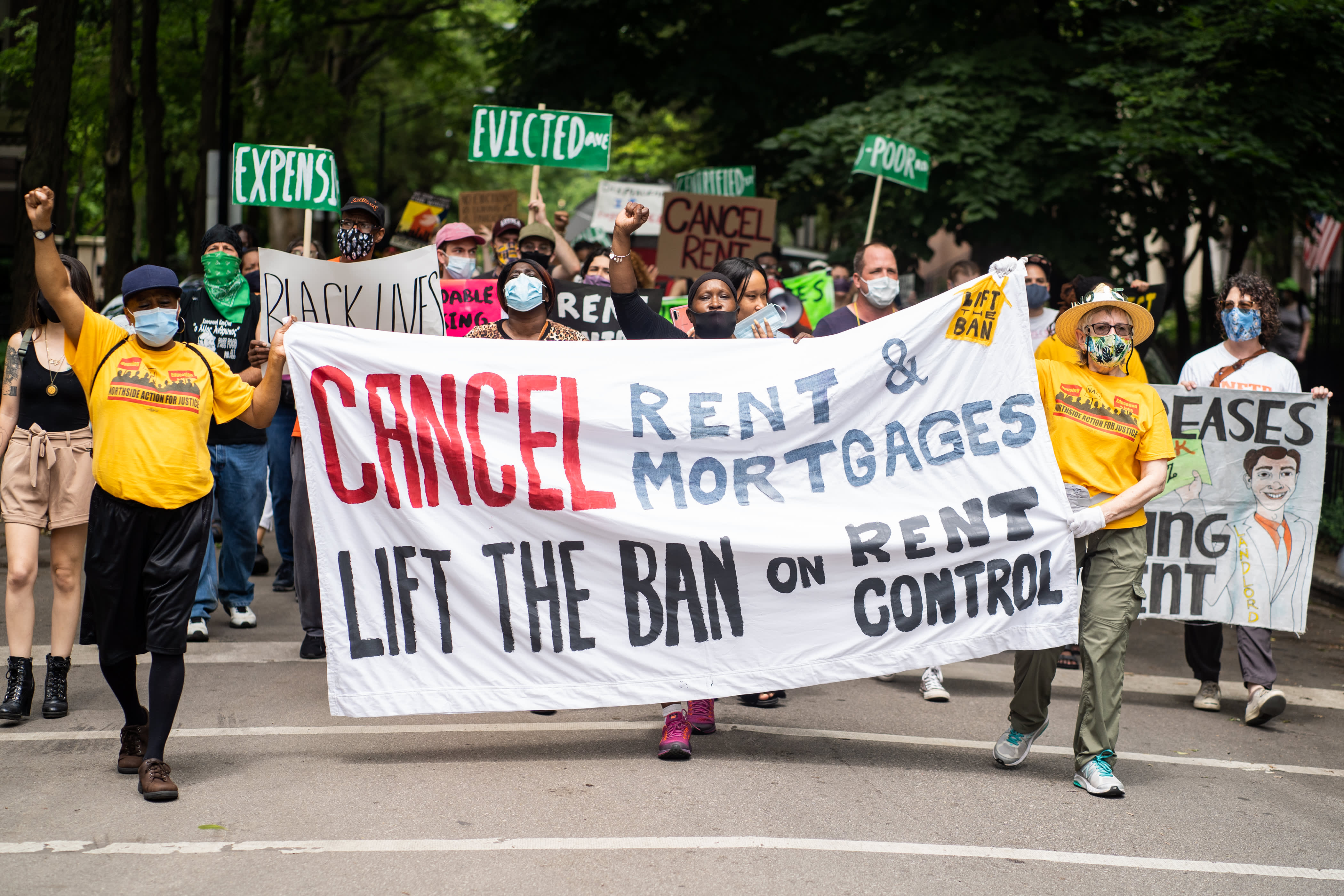Demonstrators march for housing justice in the Old Town neighborhood in Chicago, IL on June 30, 2020, demanding a lift on the Illinois rent control ban and a cancellation of rent and mortgage payments during the COVID-19 pandemic.
Max Herman | NurPhoto | Getty Images
More borrowers are getting current on their mortgages again, after falling behind on payments due to the economic hardships brought on by the coronavirus pandemic. The improvement, however, is slowing dramatically, which could hit the mortgage market harder in the coming months than previously expected.
As of January 5th, just over 5% of all mortgages, or 2.74 million, are still in government or private sector Covid-related mortgage bailouts, according to Black Knight, a mortgage technology and data firm. These plans allow borrowers to delay their monthly payments for up to a year. The payments are then either made up at the end of the loan or when the home is sold.
The past week’s tally of borrowers in forbearance marks a decline of 92,000, or 3%, from the previous week. That is the largest drop in over a month, but only because a large volume of plans expired at the end of December. The mortgage bailout is offered in 3-month increments. Borrowers have to reapply every three months.
So while it’s good news that so many people came out, the concern is that this is actually the smallest improvement at the end of a quarter since the bailout started in April.
As a comparison, at the start of July, after the first quarter, the numbers came down 9% and at the start of October, after the second quarter, they fell by 18%, so the 3% drop now is far short of the improvement the marketnhad been seeing.
“The relatively anemic rate of improvement in the first week of January means that there’s a larger unknown in the market than we were expecting even a month ago,” said Andy Walden, Black Knight economist & director of market research. “What happens next will be heavily dependent on homeowners’ ability to get back on track in making full or perhaps modified mortgage payments when those forbearance plans end.”
And all this is happening as we head toward the one year mark, when the plan expires for those who started last April. At the end of November, the rate of improvement was on track to get down to 2 million forbearances by the end of March when plans were set to begin expiring, but that number is likely to be significantly higher based on this now slower rate.
The one encouraging sign is that fewer borrowers are applying for mortgage bailouts for the first time. Total forbearance starts hit their lowest level since the early stages of the pandemic, and the number of borrowers who restarted in mortgage bailout plans hit their lowest level since early October.
